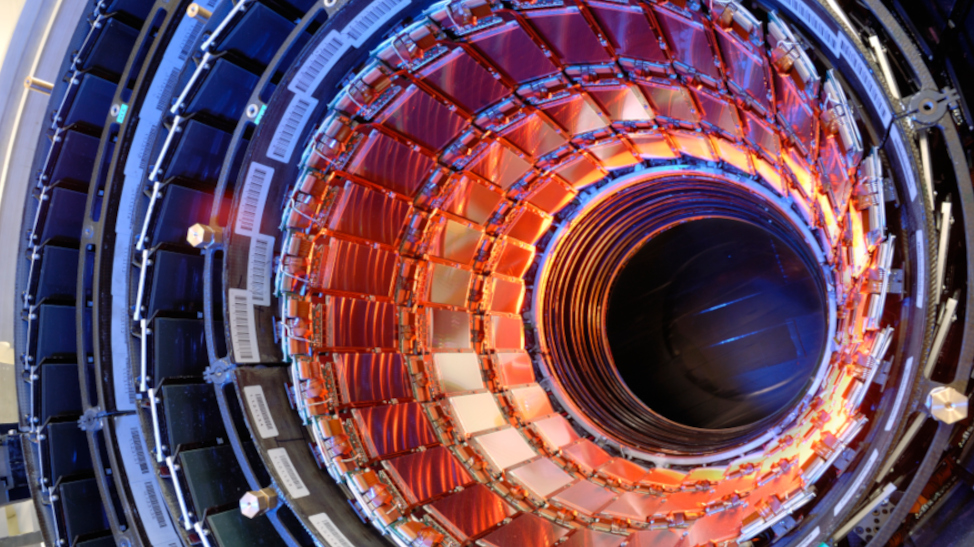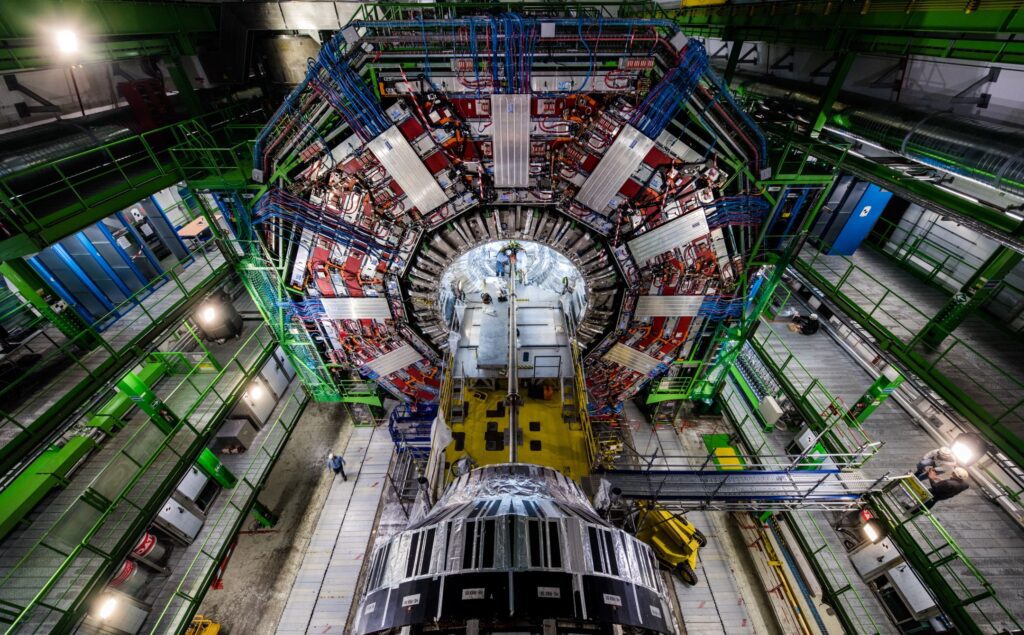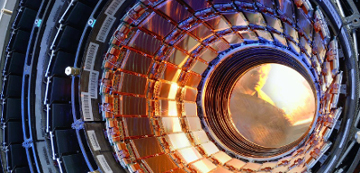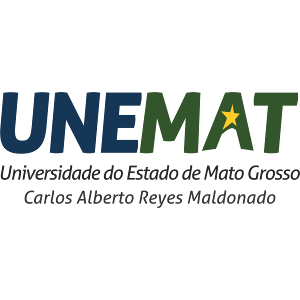The São Paulo Research and Analysis Center (SPRACE) develops fundamental and applied research in areas such as high energy physics (HEP), scientific instrumentation, high performance computing (HPC) and digital innovation. Implemented in 2003 with support from the São Paulo Research Foundation (FAPESP), SPRACE enables the participation of HEP researchers from the State of São Paulo in the Compact Muon Solenoid (CMS) collaboration of the Large Hadron Collider (LHC), the particle accelerator of the European Organization for Nuclear Research (CERN).
SPRACE operates the BR-SP-SPRACE cluster, which is a Tier 2 of the WorldWide LHC Computing Grid (WLCG). Here we process, analyze and store data generated by CMS. Our engineering team is working on the development of a Level 1 trigger that will be implemented in the second stage of the CMS tracking detector upgrade.
SPRACE also collaborates with private companies in digital innovation projects, with emphasis on HPC, Machine Learning and Software Defined Networks (SDN).
FUNDAMENTAL RESEARCH

We are dedicated to the search of new physics beyond the standard model, including the search for dark matter and heavy resonances decaying into dibosons.
READ MORESCIENTIFIC INSTRUMENTATION
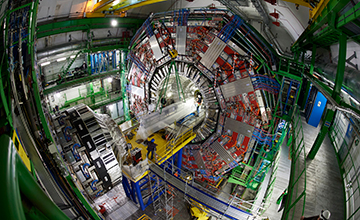
Our engineering team is participating in electronics development activities for the Phase-2 upgrade of the Compact Muon Solenoid (CMS) experiment of the LHC.
READ MOREHPC & NETWORKING
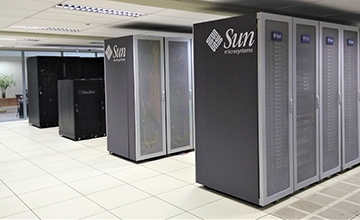
SPRACE operates the BR-SP-SPRACE cluster, a Tier 2 of the WorldWide LHC Computing Grid (WLCG) that processes, analyzes and stores data generated by CMS.
READ MORESoftware Development

Our team develops softwares with emphasis on Software Defined Networks (SDN) and Machine Learning for high energy physics.
READ MOREEDUCATION & OUTREACH

SPRACE has numerous outreach activities that aim to teach and inspire students, such as the International MasterClass event and the SPRACE Game.
READ MORESpin-offs

Over the years SPRACE has also generated many spin-off projects, such as GridUnesp and the Advanced Institute for Artificial Intelligence.
READ MORE


